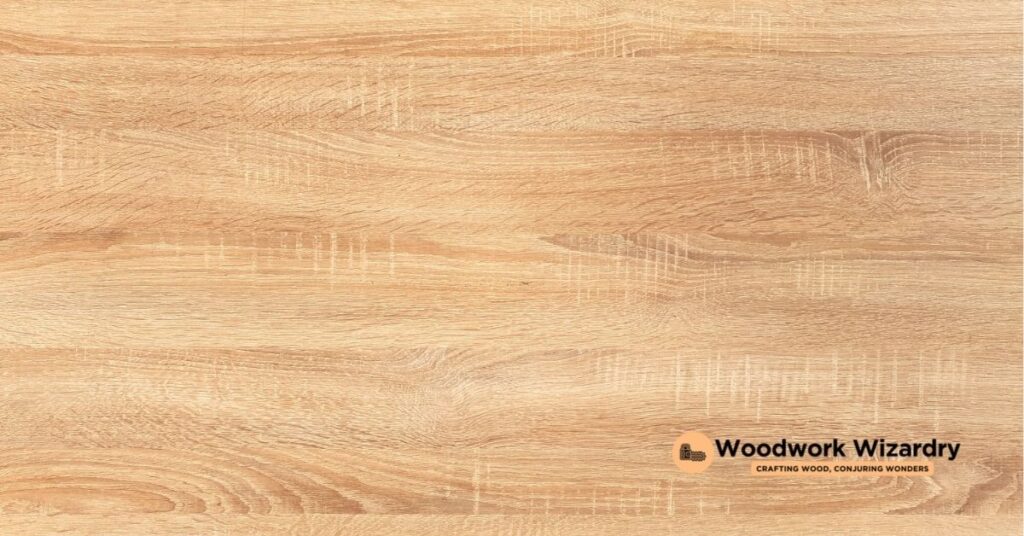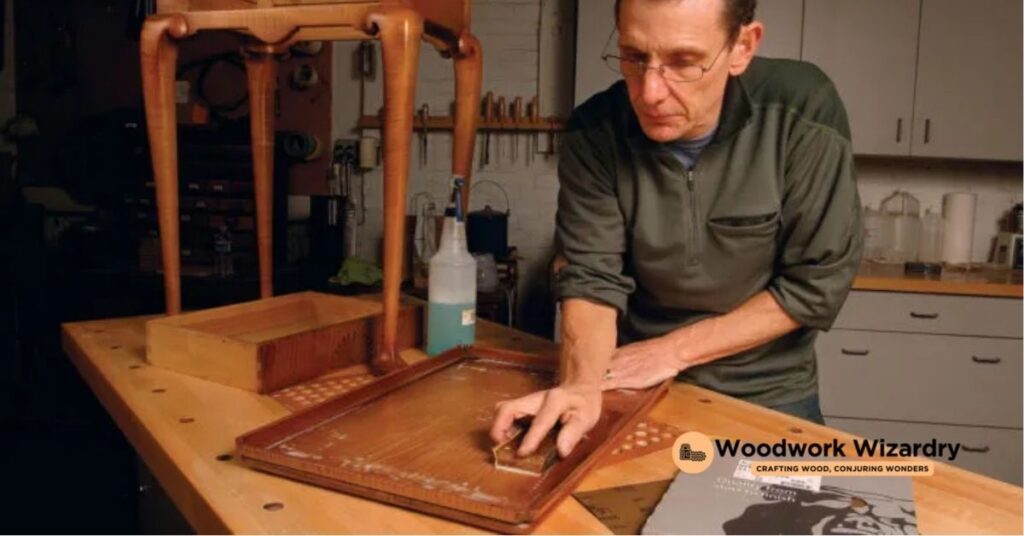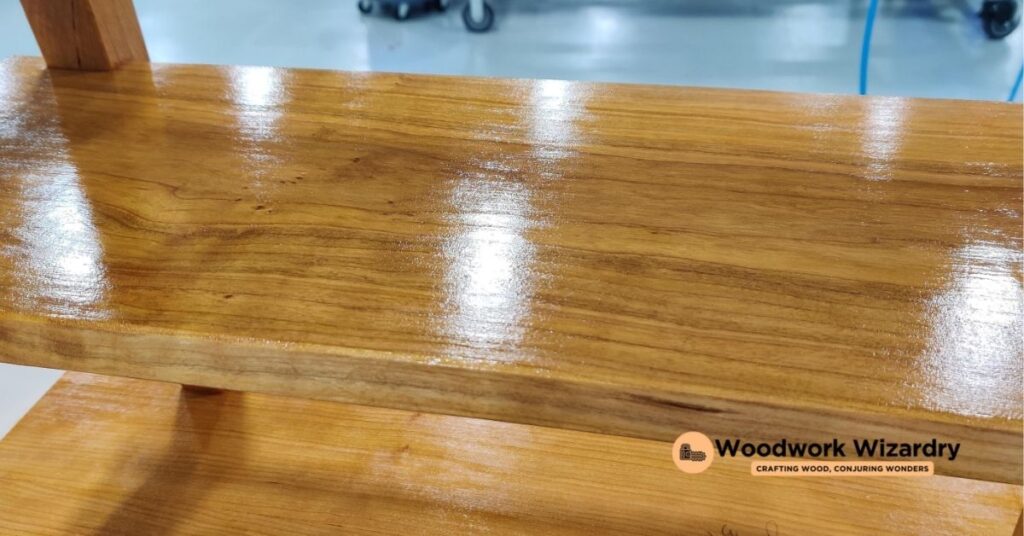We’ve all been there, standing in our workshop or at our project table, brush in hand, wondering about the best practices for applying shellac. It’s a common question that pops up among DIY enthusiasts and professionals alike: Do you really need to sand between coats of shellac? Well, we’re here to dive into this topic and shed some light on it.
Sanding between coats can seem like an extra step, but there’s more to it than just prolonging your project. It’s about achieving that smooth, flawless finish we all aim for. So, let’s explore the ins and outs of applying shellac, and whether sanding between coats is a must-do or a myth. Join us as we unravel the mysteries of shellac application to help you get the best results on your next project.
Understanding Shellac: A Brief Overview
Shellac, a natural resin secreted by the female lac bug on trees in the forests of India and Thailand, has been a choice finishing product for centuries. In this section, we dive into its composition and why it’s favored in both DIY projects and professional finishes. Shellac comes in flakes that are dissolved in alcohol to create a liquid finish, which dries quickly to form a hard, protective layer on wood and other materials.
One of the beauties of shellac is its versatility. Not only can it be used as a standalone finish, but it also serves as a primer, sanding sealant, and tannin-blocker. This makes it particularly valuable in woodworking and restoration projects, where the finish quality is paramount. The finish it provides ranges from matte to high gloss, depending on the application technique and the number of coats applied.
Furthermore, shellac’s natural composition makes it safe for use on food-contact surfaces, a distinct advantage over some synthetic finishes that contain harmful chemicals. This aspect is especially appealing for those of us committed to using eco-friendly and non-toxic materials in our projects.
However, applying shellac is not without its challenges. The rapid drying time, while beneficial in speeding up the project timeline, requires quick and careful application to avoid lap marks and ensure a smooth finish. This characteristic leads to the common question of whether sanding between coats of shellac is necessary. Sanding plays a crucial role in not only smoothing out imperfections but also in preparing the surface for the next coat, ensuring that each layer adheres properly and contributes to the overall durability and appearance of the finish.
As we explore the necessity of sanding between coats of shellac, it’s important to keep in mind the unique properties of shellac and how they influence the application process. Our goal is to demystify shellac application and help you achieve the best results in your projects, understanding that techniques may vary depending on the specific demands of each project and the desired finish.
The Basics of Applying Shellac

In understanding the importance of sanding between coats of shellac, it’s essential to grasp the fundamentals of shellac application. Shellac, derived from the secretions of the lac bug, mixes with alcohol to create a versatile and easily applicable finish. Its quick-drying nature and compatibility with various surfaces make it a favored choice, especially for projects requiring a non-toxic and food-safe finish.
Applying shellac correctly involves a few key steps to ensure a smooth, durable finish. Firstly, prepare the surface by cleaning any dirt or grease to allow the shellac to adhere properly. If working on a previously finished or varnished surface, a light sanding ensures the shellac bonds well.
Application techniques vary, but brushing or padding are the most common methods. When using a brush, opt for a natural bristle brush to avoid stroke marks. Padding, on the other hand, involves using a lint-free cloth to apply shellac, providing a more even coat without brush marks. Regardless of the method, it’s crucial to apply thin coats; shellac dries quickly, and thin layers minimize drips and streaks.
After each coat dries, which typically takes about an hour, a light sanding with a fine-grit sandpaper, such as 320 or 400 grit, is recommended. Sanding not only smooths any imperfections but also provides a key for the next coat to adhere to, ensuring each layer bonds well with the previous one. Clean off the sanding dust with a tack cloth before applying the next coat.
Generally, two to three coats of shellac are sufficient for most projects, but the number may vary depending on the desired finish and the project’s demands. Each layer contributes to the overall sheen and protection, culminating in a final finish that’s both beautiful and durable.
Mastering these basic steps in applying shellac enhances the overall outcome of your project. Proper application and sanding between coats eliminate common issues like brush marks or uneven layers, resulting in a flawless finish every time.
Do You Need to Sand Between Coats of Shellac?

Building on our exploration of achieving a smooth finish with shellac, let’s delve into the specifics of sanding between its coats. Given shellac’s unique composition and the necessity for meticulous application techniques, the question arises: is sanding between coats truly essential?
Emphatically, yes, sanding between coats of shellac plays a pivotal role in achieving the desired flawless finish. This process does more than merely smooth out imperfections; it ensures robust adhesion between layers, a critical aspect often overlooked.
For starters, when applying the initial coat, regardless of the precision in application, some brush marks or minor imperfections are inevitable. Fine-grit sandpaper, ideally in the range of 320 to 400 grit, becomes our ally here. Lightly sanding the surface after the first coat has adequately dried—not before it’s fully dry to avoid damage—preps it for subsequent layers. This not just evens out brush strokes but also promotes a grip for the next layer of shellac.
Moving on to subsequent coats, each layer benefits from this same gentle sanding. It’s not about removing the previous coat but about refining its surface. Think of it as creating a canvas that’s both smooth and receptive. This step is especially crucial if you’re aiming for a high-gloss finish, where every detail is magnified.
Moreover, dust nibs or airborne particles that settle during drying can mar the shellac’s surface. Sanding between coats effectively removes these nibs, ensuring each layer contributes to an increasingly smoother surface.
We recommend using a tack cloth to wipe away the sanding dust before applying the next coat. This ensures no particles are left behind to compromise the finish.
Sanding between shellac coats is not just beneficial; it’s essential for a pristine finish. It bridges the gap between merely applying shellac and leveraging its properties to achieve a durable, visually appealing outcome. By embracing this step, we set the stage for success, culminating in a project that not only looks good but feels smooth to the touch.
How to Sand Between Coats of Shellac

After understanding the crucial role of sanding between shellac coats, let’s delve into how we can effectively sand shellac for that perfect finish. Sanding shellac isn’t just about smoothing; it’s about creating the ideal surface for subsequent layers to adhere to. We’ll guide you through the necessary steps to ensure your project shines with a professional-grade finish.
First, we’ll need to select the right sandpaper. For shellac, a fine-grit sandpaper, typically ranging from 320 to 400 grit, works best. This grit size is coarse enough to smooth out imperfections without causing scratches that are too deep for the next shellac coat to fill.
Next, after applying a coat of shellac and allowing it to dry completely, we lightly sand the surface. It’s important to let the shellac dry thoroughly. Depending on temperature and humidity, drying times can vary, but generally, a few hours are sufficient. If the shellac isn’t fully dry, sanding can create a gummy mess that ruins the smooth finish we’re aiming for.
While sanding, we use a light touch. Applying too much pressure can sand through the shellac layer, reaching the wood or the previous finish underneath. We ensure to sand evenly across the surface, paying special attention to any drips or brush marks.
After sanding, we remove all dust from the surface. A tack cloth works wonderfully for this, picking up all the fine particles that could potentially get trapped under the next coat of shellac. Ensuring the surface is completely free of dust guarantees a smooth, clean final finish.
Lastly, we’re ready to apply the next coat of shellac. With the surface properly prepared, the new layer adheres better, resulting in a stronger, smoother finish.
By following these steps, we guarantee a superior finish on any shellac project. Each coat builds upon the last, culminating in a lustrous, durable surface that showcases the beauty of the workpiece and the skill of the craftsperson.
Tips for a Flawless Shellac Finish

After discussing the crucial role of sanding between coats for a perfect shellac application, we’re ready to dive deeper into how to elevate your project’s finish to the next level. Achieving that lustrous, smooth shellac finish involves more than just proper sanding techniques. Here, we’ll share additional tips that play a significant role in ensuring your work looks professional and impeccable.
Use the Right Tools
- High-Quality Brushes: Investing in good-quality brushes makes a difference. Natural bristle brushes are ideal for shellac, as they evenly spread the finish, reducing brush marks.
- Tack Cloth: Before applying each coat, use a tack cloth to pick up any dust on the surface. This step is crucial to avoid trapping dust particles under subsequent layers.
Control the Environment
- Dust-Free Area: Work in a clean, dust-free environment. Even small particles floating in the air can settle on wet shellac, causing blemishes.
- Stable Temperature: Ensure the room temperature is stable and within the recommended range for shellac application. Extreme temperatures can affect the drying time and finish quality.
Apply Thin Coats
- Layering: Apply shellac in thin layers. Thick coats not only take longer to dry but may also result in a sticky or uneven finish.
- Drying Time: Allow each coat to dry completely before sanding and applying the next. Rushing the process can lead to tackiness between layers.
- Light Source: Check the final coat under a direct light source to catch any imperfections missed during the process.
- Spot Sanding: If you find imperfections after the final coat, spot sand gently and apply a thin layer of shellac to the sanded area.
Following these steps closely, ensuring each stage of the shellac application is undertaken with care and attention to detail, guarantees a finish that’s not only visually stunning but also durable. Remember, the beauty of a shellac finish lies in the sum of all parts of the process, making no step too small or insignificant.
Conclusion
We’ve walked through the essentials of achieving that perfect shellac finish, highlighting the critical role of sanding between coats. Remember, it’s the little things that count—using the right tools, keeping your workspace clean, and not rushing the drying process. By following these tips, we’re not just working on a project; we’re crafting a masterpiece. So let’s take our time, pay attention to the details, and watch as our efforts turn into a stunning, durable finish that truly makes our work shine. Happy finishing!
Related Posts:
- Spray Polyurethane Flawlessly with an Airless Sprayer: A How-To Guide
- Sanding Between Coats of Shellac: A Must for Smooth Finishes?
- Optimal Soaking Time for Bending Wood: A Complete Guide
- DIY Guide: How to Make Wood Filler with Sawdust for Perfect Finishes
- Quiet Your Workspace: Tips on How to Reduce Table Saw Noise Effectively
- Miter Saw Showdown: 10 Inch vs 12 Inch – Which Suits Your Project?
- Mortise vs Firmer Chisel: Discover the Key Differences













